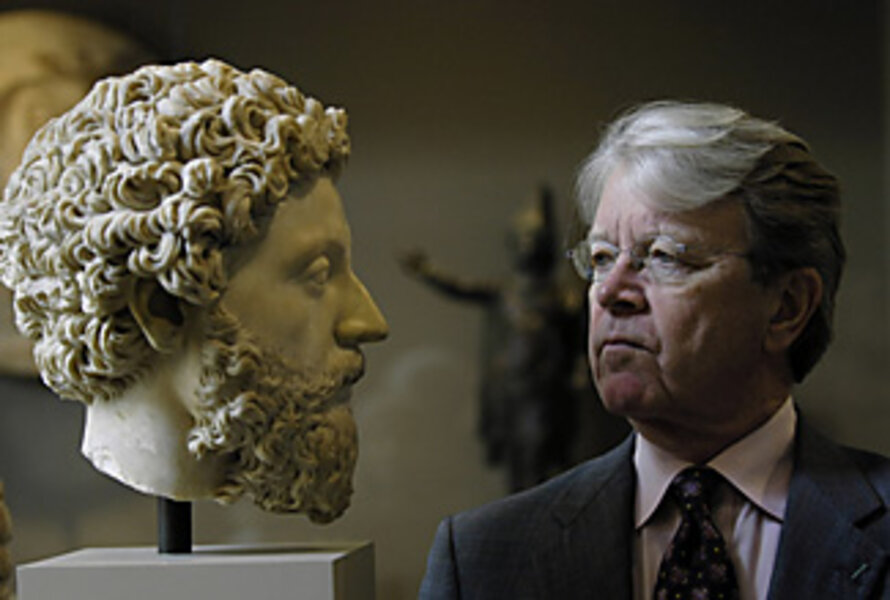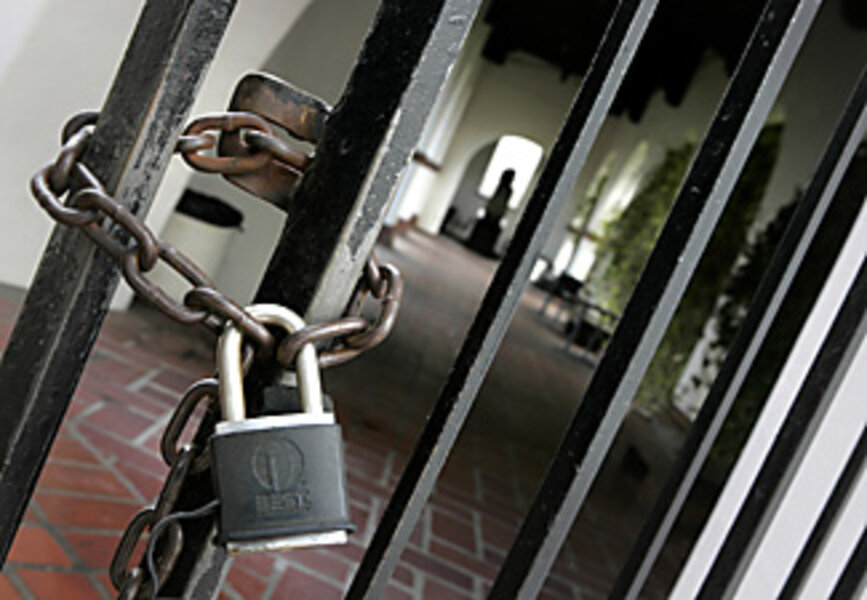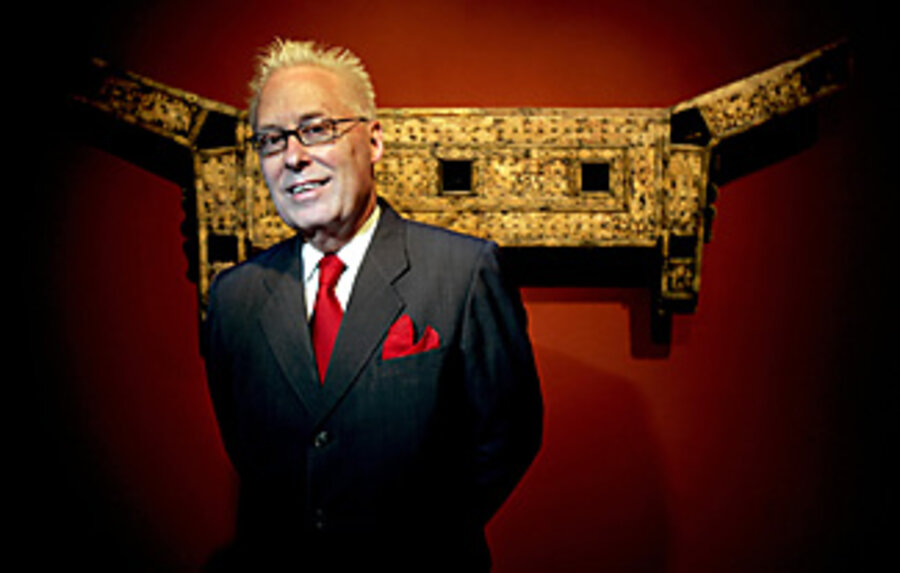Art museums struggle with provenance issues
Loading...
| San Diego
The first inkling of trouble came when a customs agent arrived at the door of the San Diego Museum of Art in 2004.
The agent carried a subpoena and, to the museum's chagrin, news that one of its 18th-century paintings was stolen property.
The painting ultimately returned home to Mexico in 2006, five years after its purchase from an art dealer, and the museum strengthened its policies regarding the acquisition of art. "We're no longer going to take things that people say for granted whether they sell or donate an object," says museum director Derrick Cartwright. "What's really at stake is the public trust."
But as American museums deal with the fallout from more scandals over stolen and looted art, it's not clear if others are as willing to drastically shake up how they do things.
"Clearly we are not really policing ourselves, otherwise we would never be in this position today," says Marie Malaro, a former attorney for the Smithsonian Institution in Washington, D.C. "Our large museums should know better."
A number of museums have recently faced questions about stolen works:
•In widely publicized raids this year, federal agents confiscated Asian artifacts from four museums in California, alleging the works were stolen.
•Last summer, the Getty Museum in Los Angeles agreed to return 40 allegedly stolen works of art to Italy; a former Getty curator continues to face charges in Italy of trafficking in stolen art.
•In January, New York's Metropolitan Museum of Art returned to Italy a stunning ancient Greek bowl known as the Euphronios krater. Italy alleges that it was looted almost 40 years ago.
The scandals "are a shame," says Ms. Malaro, professor emerita from George Washington University. "[They] blacken everyone's reputation."
Meanwhile, Greece is stepping up its efforts to push the British Museum to return the famed Elgin Marbles, which once decorated the Parthenon. And the issue of artwork that was possibly stolen during the Nazi era still plagues museums across the world.
Many cases revolve around the provenance of antiquities – their history from the moment they were dug out of the ground.
In many cases, it's impossible to find a pristine record of where they've been, says Patty Gerstenblith, who specializes in antiquities law at DePaul University in Chicago. Looters can easily dig up antiquities and claim that they were allowed to leave their home country in Europe or Asia.
Ms. Gerstenblith says some museums do check ownership records to make sure the items were out of their home countries for a long period of time. That fact lessens the possibility that they were recently stolen.
According to her, many museums abide by guidelines set by an international convention and don't buy antiquities without proof of ownership going back to at least 1970. But some curators, she says, won't bat an eye at artifacts that could have come out of the ground within the past decade.
"Museums have not been sufficiently distancing themselves from contemporary looting," she says. "Some of the major museums have been willing to buy things without a real paper trail."
In San Diego, the Mingei International Museum – one of four California museums raided in January – is waiting for the resolution of a case alleging that it accepted smuggled artifacts from Thailand's ancient Ban Chiang period.
The raid came at the end of an undercover operation that snared a gallery owner and alleged smuggler. The New York Times has reported that several major museums may soon be required to return other Ban Chiang antiquities.
The Mingei museum, which spotlights folk art, denies wrongdoing and is cooperating with the investigation, says attorney Jerry Coughlan. The murky laws of other countries and lack of knowledgeable experts make it difficult to figure out an object's history, he says.
Museums will "struggle with how to develop a proper [acquisition] procedure without saying 'we aren't going to take anything anymore,' " Mr. Coughlan adds.
The acquisition of paintings by traditional art museums pose their own challenges to curators. On one hand, it's often easy to track the ownership history of famous paintings by noted artists. They "have to be taken care of; they've got to have a story," says Gary Vikan, director of the Walters Art Museum in Baltimore.
But lesser-known works by famous artists, and those by obscure artists, may not come with an extensive history. Those that survived the Nazi era in Europe may have gaps in their records. So how much must a museum know before it adds a painting to its collection?
Industry guidelines suggest that "the best efforts be made to determine provenance, and you must not knowingly acquire any work that's been stolen," says Mr. Vikan. "That sounds lofty, but by not putting specific requirements on the process, it puts a premium on not knowing." If you don't know, "it's OK."
Investigating an artwork's past may begin after it's acquired. At the San Diego Museum of Art, for example, routine research into the background of an 18th-century painting alerted the Mexican government to the location of the allegedly stolen painting.
It turns out that the painting, depicting Adam and Eve's expulsion from the Garden of Eden, had been taken from a small church in the state of Hidalgo.
For now, museums continue to review their collections and hope no problems crop up. The Seattle Art Museum alone is looking into the histories of 59 pieces of European art that either have gaps in their ownership records or were in Europe during the Nazi years.
What should museums do? Some call on curators to strengthen their collections policies and make them public. "The idea of transparency is that you make available the terms that govern your acquisitions," says Baltimore's Vikan. For now, few of the policies are available publicly.
Whatever museums do, Vikan says it's far from clear when the controversy over ownership will begin to fade. There's "a sense of bewilderment about what lies ahead," he says. "Who gets to decide when we've come to an equilibrium? Who gets to decide when over is over?"
On the whole, however, Vikan says the recent controversies do have a silver lining: "We're going in the right direction."







